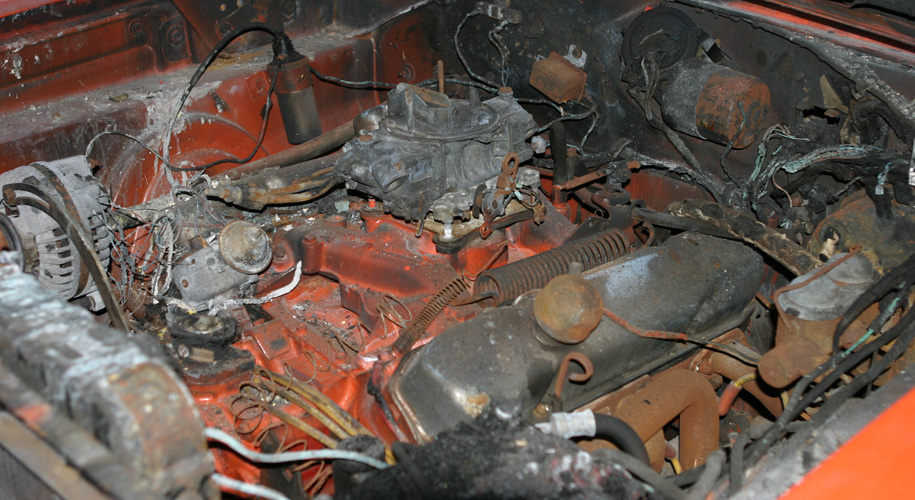Gasoline containing 15 percent ethanol causes even more damage to vehicle engines than previously reported, according to a new study by the Coordinating Research Council.
Millions of Vehicles at Risk
The Coordinating Research Council (CRC), a nonprofit organization that directs engineering and environmental studies on interaction between automotive equipment and petroleum products, found the 15 percent ethanol blend, known as E15, damaged engine valves and other engine parts in many popular automobiles and light trucks. Potentially millions of vehicles currently on the road may experience unnecessary damage due to E15, CRC reported.
CRC called on the U.S. Environmental Protection Agency to rethink its approval of E15 in light of the study results. EPA admitted it had not reviewed the CRC study, but nevertheless it doubled down on its assertion E15 is safe for consumer vehicles. EPA also accused CRC of cherry-picking which vehicles it tested.
Study Confirms Prior Research
The American Petroleum Institute says increasing the level of ethanol from 10 percent to 15 percent can damage everything from the fuel system to check-engine lights and fuel level indicators. Coordinating Research Council studies have found similar results..
“I wouldn’t say anything was especially surprising that we’ve found” in the latest series of tests, said CRC deputy director Chris Tennant.
In early 2012 CRC reminded EPA that auto industries use components intended for fuel mixes of E10, not E15, and that pushing the ethanol content levels higher could cause problems.
AAA Warns Consumers
The American Automobile Association also expressed concerns about E15, and issued warnings to drivers about elevated ethanol content.
“This new CRC research provides further support for AAA’s position that E15 sales should be suspended,” said AAA spokeswoman Ginnie Pritchett. “The association continues to recommend that the EPA initiate additional research to more fully assess the effects of E15 on consumer vehicles.”
On previous occasions, AAA warned its members that using E15 can not only cause damage to the vehicle but also void the vehicle’s warranty.
“While the latest CRC study examined only a limited range of fuel system components, the findings indicate there are certain fuel pump designs that could suffer accelerated wear and failure as a result of exposure to E15,” Pritchett said. “In addition, some fuel level senders could experience signal degradation with consequences observable to the consumer.”
Cheryl Chumley ([email protected]) is a news writer with the Washington Times.




